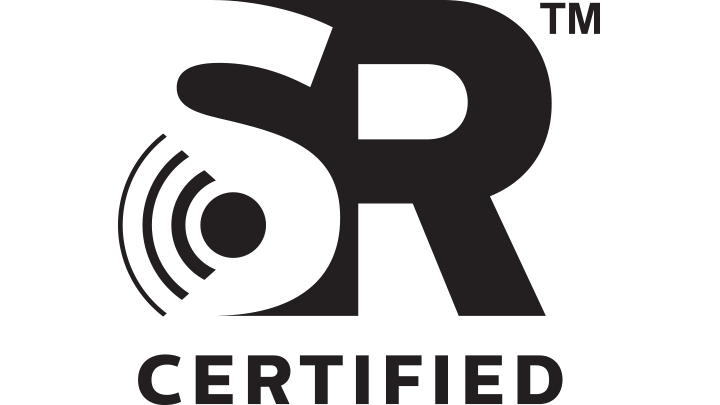With connected lighting rapidly becoming the linchpin for smart buildings, cities and the Internet of Things, many in the industry are asking: where’s the next opportunity? Look no further than human-centric lighting (HCL), a market estimated to reach $3.91 billion by 2024. With tunable white light now defined as part of the Sensor Ready (SR) standard, we’re at the tipping point for HCL to go mainstream.
What is human-centric lighting (HCL)?
Why now?
HCL got off to a slow start, partly because adjusting lighting settings was difficult and expensive and partly because of a lack of standards. Two things changed. Control capability is now embedded into LED fixtures with protocols communicating directly to the driver. And the SR standard now includes a standardized protocol for tunable white light, allowing it to be controlled wirelessly.
This means the conditions are finally right for HCL to take off with a new generation of products and applications that allow building occupants, facility managers and installers to tune light for different tasks, settings or times of
What are the possibilities?
You’d be surprised how many different industries can benefit from tunable lighting. Let’s take a moment to think about the many applications now gathering momentum. Personalized hotel room lighting that helps guests adjust to a new time zone and overcome jetlag. Industrial light levels tuned to reduce fatigue and errors and the health impacts of shift work. Health and aged care facilities where lighting simulates daylight rhythms to help patients and residents sleep better, recover faster and feel happier. Schools where teachers can use lighting to calm students – or help them focus. Offices where workers can personalize light settings to suit their own vision, helping to create a more inclusive and comfortable workplace.
Some organizations are already testing HCL to see if they can get a competitive advantage. The Seattle Mariners professional baseball team installed locker room circadian lighting in 2013 to combat jet lag and to help synchronize player energy levels pre- and post-game. Companies like Czech Republic energy company
What’s the future?
All this interest in HCL points to a future where people simply expect tunable light in the places where they spend most of their time. For business and institutional spaces, in particular, tunable lighting will be specified at the outset and designed carefully to support organizational goals.
Adding
Are you ready to ride the wave?
Now that we have a well-understood and available standard, HCL opens a floodgate of opportunity for lighting manufacturers, developers and designers. At Signify we’re inspired by your ideas for new products and applications, and when our vision aligns we can work with you to open new markets. Are you ready to explore what’s possible?
What are the most compelling opportunities in human-centric lighting? Which industries will be fast adopters? Share your thoughts with Peter.




